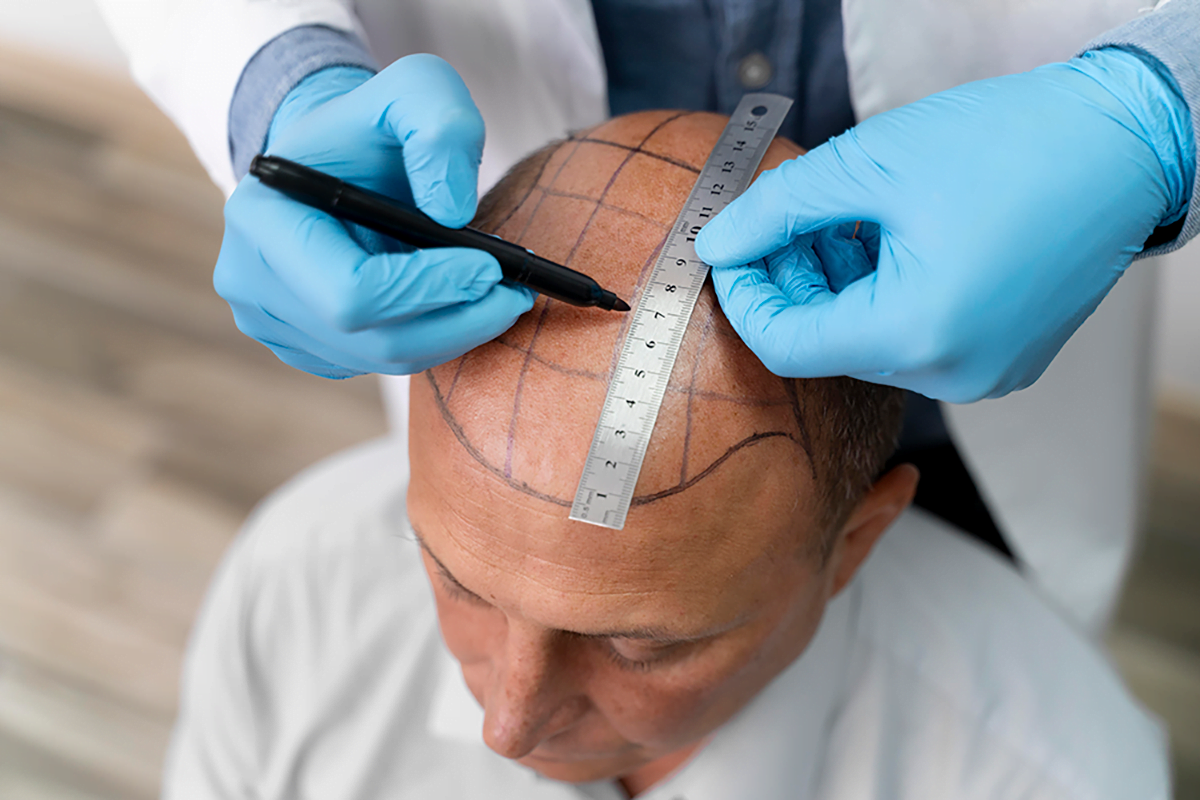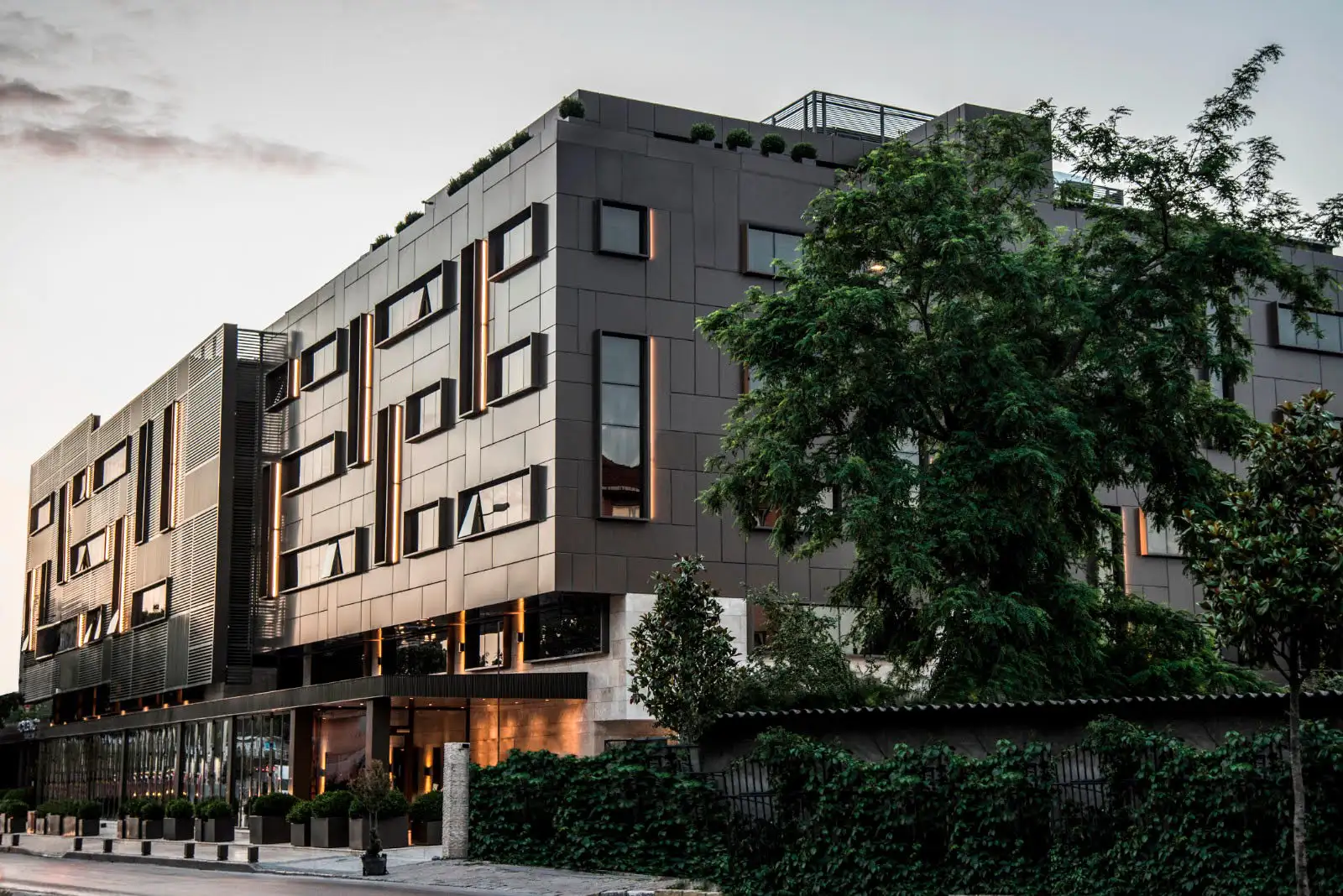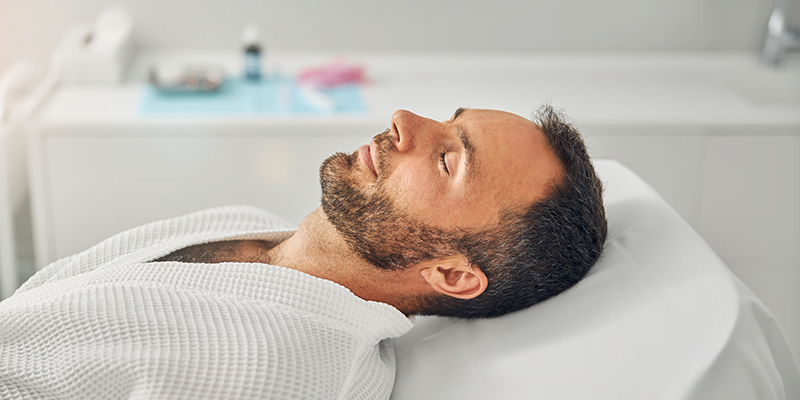Hair loss can be distressing, but modern medical technology offers solutions like hair transplantation to restore your hair naturally. One of the key elements in this process is the hair graft. But what exactly is a hair graft, and how does it contribute to a successful hair transplant? This guide will break down the essentials of hair grafts, including how they work, the number of hairs they typically contain, and how many grafts you might need. We’ll also explain why choosing the right clinic, such as Lenus Clinic, is crucial for achieving the best results.
What Is a Hair Graft?
A hair graft is a small piece of tissue containing one or more hair follicles, the structures in the skin responsible for hair growth. Hair grafts are typically harvested from a donor area on the scalp, usually the back or sides, where hair is more resistant to balding. These grafts are then transplanted into thinning or balding areas of the scalp.
The hair transplantation process involves carefully extracting these grafts from the donor area and implanting them into tiny incisions in the recipient area. The goal is to ensure that the transplanted hair grows naturally, blending seamlessly with your existing hair for a fuller, more natural look.
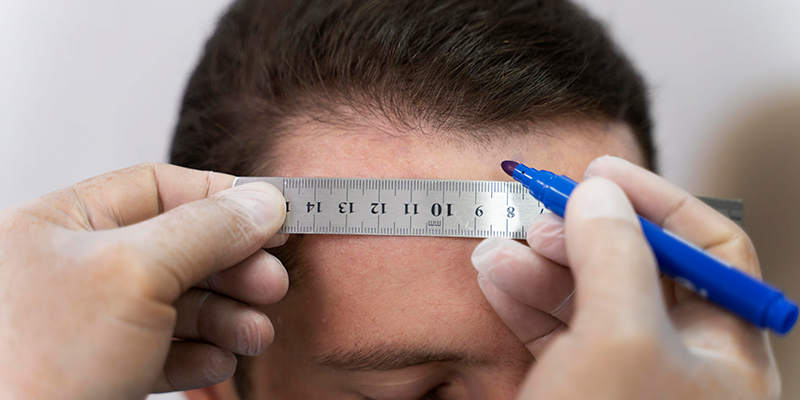
How Many Hair Follicles Does a Hair Graft Contain?
The number of hair follicles in a single graft can vary based on the individual’s hair type, hair density, and the extraction method used. Generally, a hair graft can contain between 1 and 4 hair follicles. Here’s a breakdown of the different types of grafts:
- Single-Hair Grafts: Contain one hair follicle, often used in the frontal hairline to create a soft, natural transition from the forehead to the hair.
- Double-Hair Grafts: Contain two hair follicles, commonly used to add density to thinning areas while maintaining a natural appearance.
- Triple-Hair Grafts: Contain three hair follicles, ideal for covering larger balding areas, especially in the mid-scalp region.
- Quadruple-Hair Grafts: Contain four hair follicles, providing maximum density, particularly suitable for areas like the crown where more coverage is needed.
The variation in follicle numbers per graft is essential for achieving a natural look. For instance, single-hair grafts at the hairline and multiple-hair grafts behind it help mimic the natural density and layering of hair.
How Many Grafts Are Needed for a Hair Transplant?
The number of grafts required for a hair transplant depends on factors like the extent of hair loss, the area to be covered, and the desired density. Here are some general guidelines:
- Receding Hairline: To restore a receding hairline, you may need between 1,000 and 1,500 grafts. This number can create a natural, fuller hairline that complements your facial features.
- Frontal Area: For thinning in the frontal area of the scalp, around 2,000 to 2,500 grafts might be necessary. This amount helps restore density and volume, giving you a more youthful appearance.
- Crown Area: The crown is often the most challenging area to treat as it requires more coverage. Typically, 2,500 to 3,000 grafts or more are needed for satisfactory results in this region.
These numbers are estimates and can vary based on individual circumstances. During your consultation, your surgeon will assess your hair loss and scalp condition to determine the exact number of grafts needed for optimal results.
The Hair Transplant Process: From Consultation to Recovery
Initial Consultation
Your journey to a fuller head of hair begins with a consultation with a hair transplant specialist. During this session, the surgeon will evaluate your hair loss pattern, assess the donor area, and discuss your goals. Based on this assessment, they will recommend the number of grafts needed and the most suitable technique, whether it’s FUE (Follicular Unit Extraction) or DHI (Direct Hair Implantation).
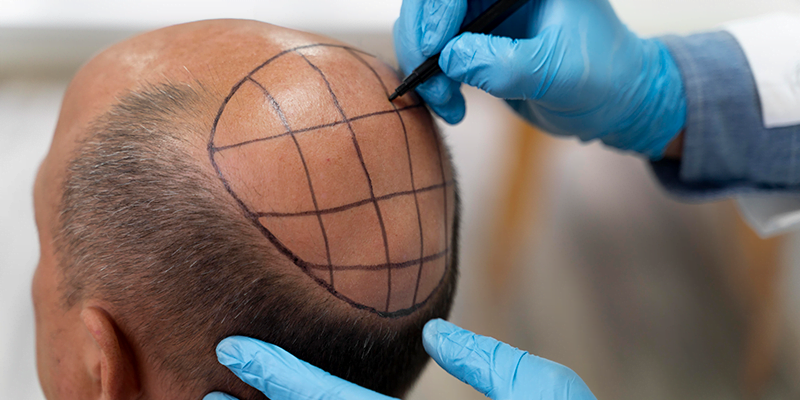
The Procedure
On the day of the procedure:
- Preparation: The donor area is typically shaved, and local anesthesia is applied to minimize discomfort.
- Graft Extraction: The surgeon uses a specialized tool to extract hair grafts. This process can take several hours, depending on the technique used.
- Implantation: The harvested grafts are carefully implanted into the recipient area. The surgeon meticulously places each graft to ensure the hair grows in the correct direction and at the appropriate density, creating a natural look.
The entire procedure can take anywhere from 4 to 8 hours, depending on the number of grafts being transplanted.
Recovery and Aftercare
After the procedure, you may experience some redness, swelling, and mild discomfort in both the donor and recipient areas. These symptoms typically subside within a few days. Your surgeon will provide detailed aftercare instructions, which may include avoiding strenuous activities, keeping the scalp clean, and taking prescribed medications to prevent infection and promote healing.
Hair growth usually begins within three to four months after the transplant, with full results visible between 12 to 18 months. The transplanted hair will continue to grow naturally, just like the rest of your hair.
Why Lenus Clinic Is the Right Choice for Your Hair Transplant
Choosing the right clinic is crucial for achieving the best results from your hair transplant. Lenus Clinic is renowned for its expertise in hair restoration, offering cutting-edge techniques and personalized care. The clinic’s team of highly skilled surgeons understands the intricacies of hair grafting and tailors each procedure to meet your individual needs, ensuring natural-looking, long-lasting results.
Lenus Clinic is dedicated to providing a comprehensive patient experience, from the initial consultation to post-operative care. The clinic’s state-of-the-art facilities and commitment to excellence make it a trusted choice for those seeking to restore their hair and confidence. If you’re considering a hair transplant, Lenus Clinic offers the expertise and support needed to help you achieve your hair restoration goals.
